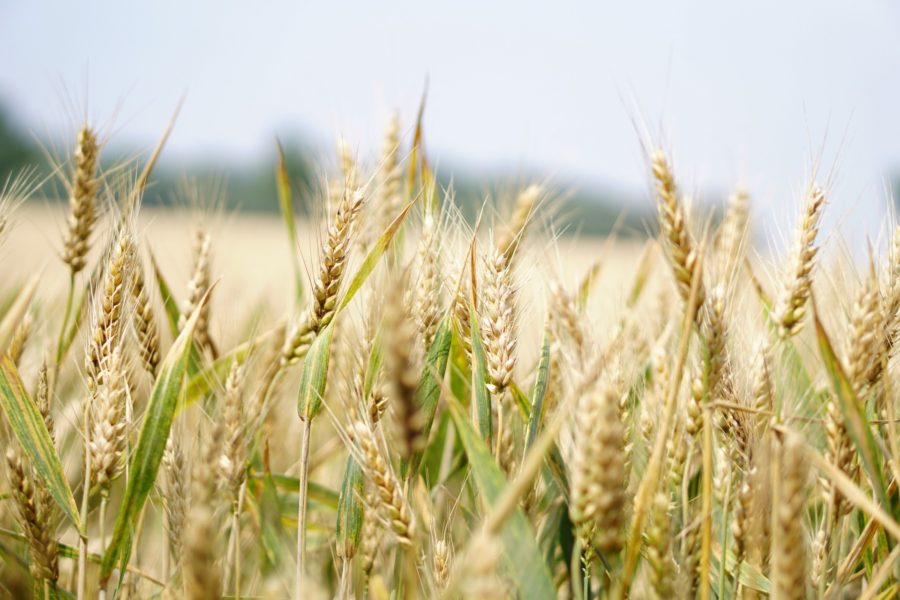
COMPETITION BETWEEN ANISOPTEROMALUS CALANDRAE (HOWARD) AND CHOETOSPILA ELEGANS WESTWOOD (HYMENOPTERA: PTEROMALIDAE) AT DIFFERENT PARASITOID DENSITIES ON IMMATURE RICE WEEVIL SITOPHILUS ORYZAE (L.) (COLEOPTERA: CURCULIONIDAE) IN WHEAT
Density dependent competition between parasitoids was studied by exposing immature rice weevils, Sitophilus oryzae (L.), developing in wheat to Anisopteromalus calandrae (Howard) alone, Choetospila elegans Westwood alone, or both species together. With A. calandrae only, the emergence of A. calandrae progeny tended to peak near four or eight female parasitoids and parasitoid-induced mortality increased with increasing parasitoid numbers. With C. elegans only, parasitoid emergence increased, but parasitoid-induced mortality did not change with an increase in numbers of parasitoids. A. calandrae in combination with C. elegans produced similar reductions in rice weevil populations, as did A. calandrae alone. C. elegans alone was less efficient than A. calandrae alone at low parasitoid densities, but when numbers of C. elegans reached higher densities, rice weevil mortality was as great as that with A. calandrae alone. Under competitive conditions, the sex ratio (female percentage) of C. elegans was decreased by the presence of A. calandrae, but the sex ratio of A. calandrae was not affected by C. elegans. Competition reduced emergence of both A. calandrae and C. elegans; however, A. calandrae was clearly the dominant species when rice weevils were exposed to equal numbers of both species of parasitoids.
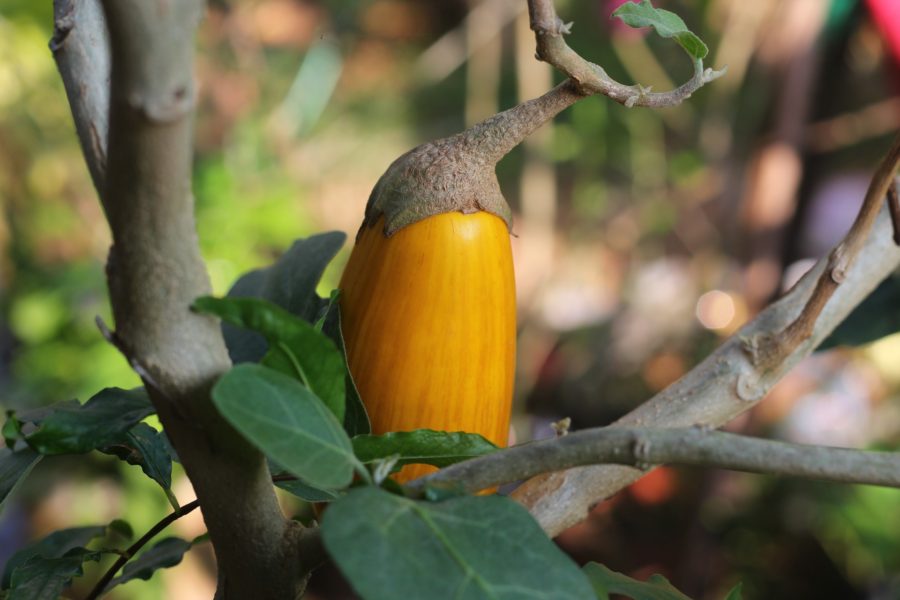
EVALUATION OF DIFFERENT MANAGEMENT APPROACHES AGAINST SUCKING PESTS OF BRINJAL
The present study aimed to evaluate the effectiveness of several management approaches against sucking pests of brinjal during 2013-14 at Bangladesh Agricultural Research Institute (BARI), Gazipur. Bioneem plus 1EC (Azadirachtin) + white & yellow sticky traps treated plots showed significantly lowest whitefly (4.03/five leaves) and thrips (6.02/ five leaves) population although this was statistically at par with Fytomax 3EC (Azadirachtin) + white & yellow sticky traps and white & yellow sticky traps + Fytoclean (Potassium salt of fatty acid) treated plots. Actara 25WG (Thiamethoxam) + white & yellow sticky traps treated plots although provided lowest population of aphid (2.04/five leaves) and jassid (4.21/five leaves), but induced spider mite resurgence providing highest (38.02/leaf) and nearly 4 times higher mite population than the untreated control plots. However, spraying Bioneem plus 1EC along with installation of white and yellow sticky traps appeared as the best approach providing highest yield (18.32 t/ha) and Marginal Benefit-Cost Ratio (3.06).

ANT-LIKE SPIDERS OF BANGLADESH-II : GENUSMYRMARACHNE MACLEAY (ARANEAE : SALTICIDAE)
A study on some ant-like spiders of the genus Myrmarachne MacLeay was carried out in different areas of Bangladesh. Two species were recorded during the study of which M. nigriabdominalis n. sp. is identified as new to science and another one M. orientalis Tikader is a new record for the area of present study. The paper contains illustrated description, distribution together with key to the species.
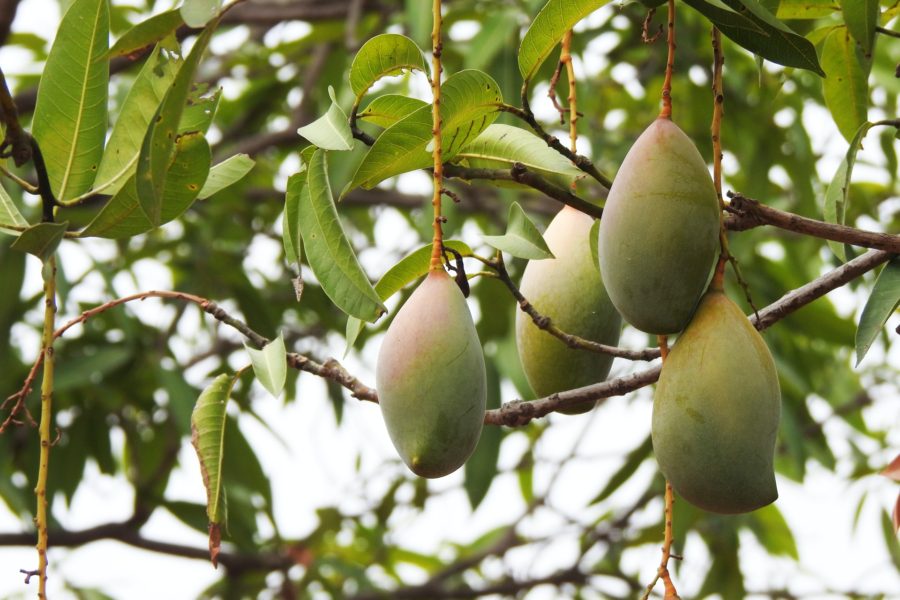
SEASONAL ABUNDANCE OF THE FRUIT FLY IN A MANGO BASED AGROFORESTRY
The study was conducted with a view to understanding the seasonal abundance of fruit fly in a mango based agroforestry of Bangabandhu Sheikh Mujibur Rahman Agricultural University, Gazipur, Bangladesh during February to September 2017. Two species of fruit fly namely Bactrocera dorsalis and B. tryoni were found in the mango based agroforestry. Abundance of the fruit fly species were significantly higher in February to May (dry season) compared to June to September (rainy season). The daily mean temperature, relative humidity and rainfall had significant negative and light intensity had significant positive correlation with fruit fly abundance. Individually temperature, light intensity, relative humidity and rainfall contributed 29, 42.4, 2.8 and 12.5% abundance, respectively. The combined effect of the weather parameters on fruit fly abundance was 86.7% and the equations were significant.
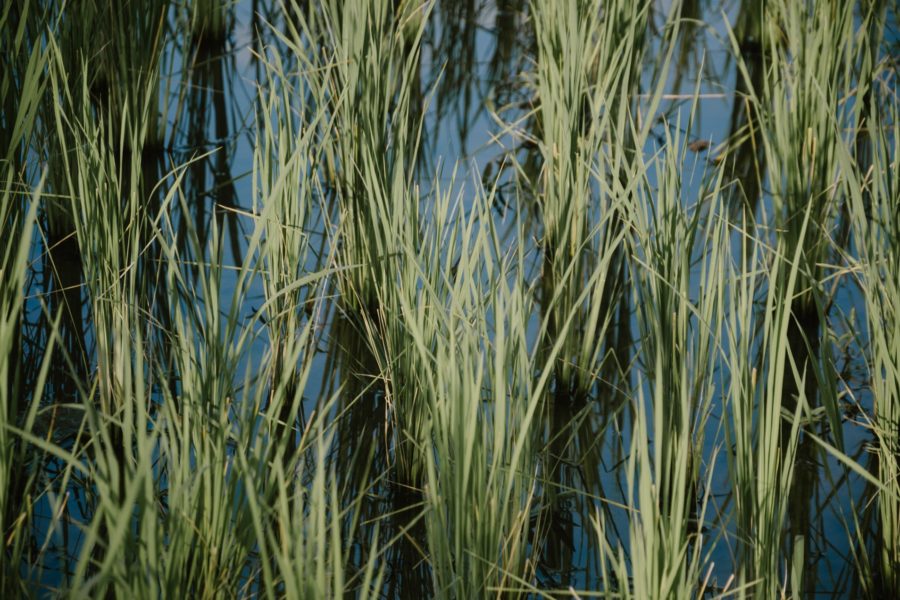
NEW RECORDS OF DELPHACID PLANTHOPPERS (HEMIPTERA: DELPHACIDAE) KNOWN FROM BANGLADESH IN COASTAL RICE ECOSYSTEM
The planthoppers (Hemiptera: Auchenorrhyncha) associated with rice ecosystem in different areas of Dumki Upazilla in Patuakhali were studied during October 2013 to April 2014 to identify the species. Results revealed that 4 planthopper species, Nisia nervosa (Motschulsky, 1863), Nilaparvata lugens (Stål, 1854), Sogatella furcifera (Horváth, 1899), Sardia rostrata (Wilson & Claridge, 1991) were recognized from the above area. Among them two planthoppers (N. nervosa and S. rostrata) were newly recorded from Bangladesh. All species of planthoppers were redescribed with male genitalia and proper illustrations.

HOST PREFERENCE, FECUNDITY AND LONGEVITY OF WHITEFLY BEMISIA TABACI ON BRINJAL AND TOMATO
Studies were conducted to compare host preference, fecundity and longevity of Bemisia tabaci on brinjal and tomato. Results revealed that the highest number of eggs (76.41), nymph (14.5) and adult (9) of whitefly were on brinjal than tomatoes and found it suitable for feeding and oviposition. Significantly more B. tabaci adult females (81.32) were found feeding on brinjal than tomato (27.50). The longevity of developmental stages of B. tabaci was slightly higher on brinjal than tomato while the longevity of 2nd and 3rd instar nymphs was higher on tomato than brinjal. Females laid an average of 142.60 ± 3.01 eggs over their lifetime on brinjal and 98.41 ± 1.96 eggs on tomato.

STUDY ON ORB-WEAVING SPIDERS OF BANGLADESH-III: GENUS
This is the third step of studies carried out on the orb-weaving spider genus Argiope Audouin from Bangladesh. Two species were recorded in this study of which one species A. reticulata n. sp. is reported as new to science and another one A. shillongensis Sinha is a new record for the area of present study. Generic diagnosis, illustrated description and distribution of the species are presented herewith.
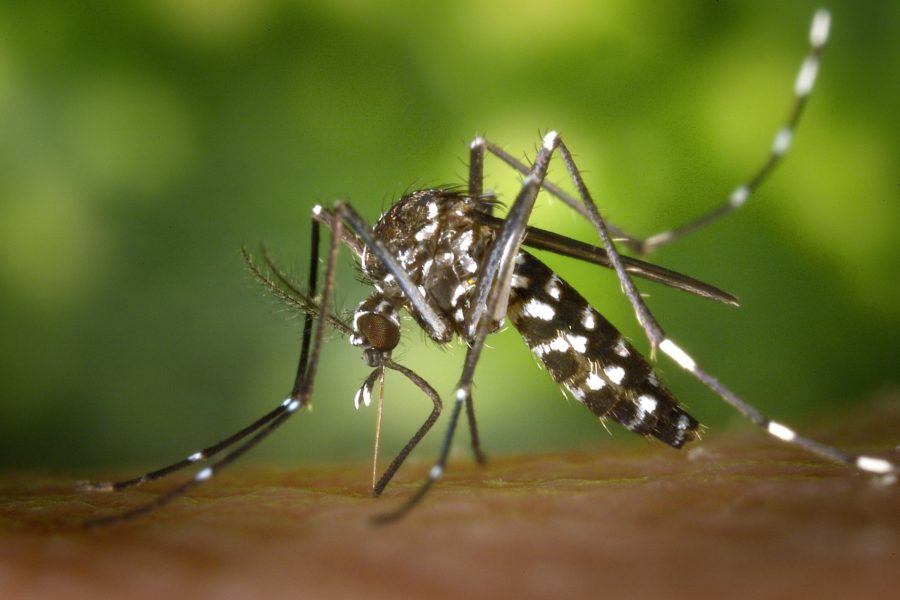
LABORATORY STUDY ON THE BIOLOGY OF AEDES MOSQUITO, AEDES AEGYPTI LINNAEUS
The biology of aedes mosquito was studied in the central laboratory of Sher-e-Bangla Agricultural University, Sher-e-Bangla Nagar, Dhaka from April to October 2015. Eggs were collected from Sher-e-Bangla Agricultural University campus which were emerged as aedes mosquitos both Aedes aegypti and Aedes albopictus. The gravid female laid eggs in a cluster. Each cluster having 105-129 eggs with mean of 117.71 ± 9.12. Each female laid 3-4 clusters. Initially the colour of the egg was white and gradually turned into black. The incubation period of eggs was ranged from 48h to 72h with mean of 60 ± 0.53. The development from the first instar larva to adult stage for aedes mosquitos was 8.37 ± 0.18 days for male and 9.5 ± 0.24 days for female, respectively. Female aedes mosquito fed on blood showed the highest mean survival which was 26.23 ± 2.17 days while the male aedes mosquito fed on 10% sucrose recorded 19.23 ± 2.21 days survival which was the shortest mean period. Depending on the gonotrophic cycle for aedes mosquito their number of eggs laid and longevity varied.
